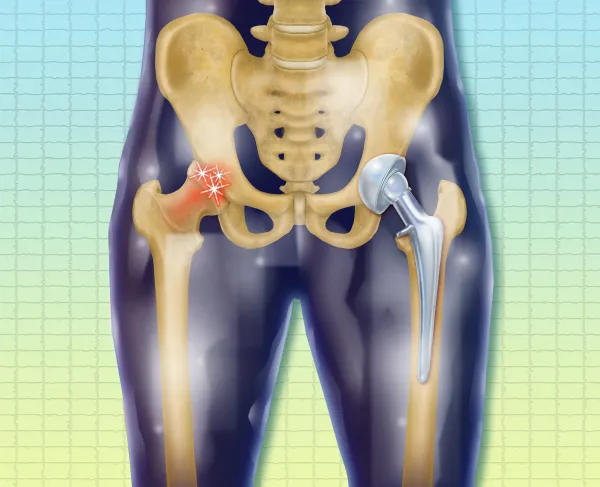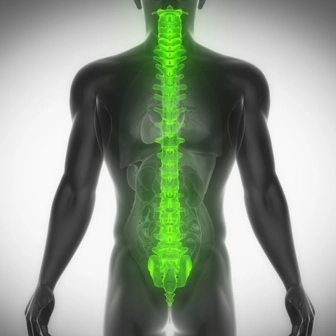2 Toe Fractures, Same Foot
Question: Encounter notes indicate that the provider performed closed treatment on a patient’s left great toe fracture without manipulation; and closed treatment on a patient’s left pinky toe fracture with manipulation. How should I code this, and how many modifiers do I need? Ohio Subscriber Answer: You’ll probably need more modifiers than codes for this encounter. On the claim, report: This coding might be confusing for several reasons, which we’ll discuss below: Why pinky toe first? You’ll report 28515 first because it has higher relative value units (RVUs) than 28515: 4.22 for 28515 and 4.20 for 28490. This is likely due to the fact that the pinky toe fix required manipulation, while the great toe fix did not. The RVU difference in this case might be negligible, but it’s a good idea to code the highest RVU code first on each claim, just to stay in practice. Why no modifier LT? Modifiers T4 and TA already indicate laterality, so applying modifier LT (Left side) to 28515 or 28490 would be redundant. Why the choice of 59 or XS? It’s not really a coder’s choice situation; it’s payer-dependent. Modifier 59 is still valid; but, technically, you should not use it when a more specific modifier is appropriate. The XS modifier is more specific and appropriate to be sure, but check with your payer if you don’t know which modifiers they want for distinct procedural services.




